Krein Knives Commited to Blade Geometry and Performance
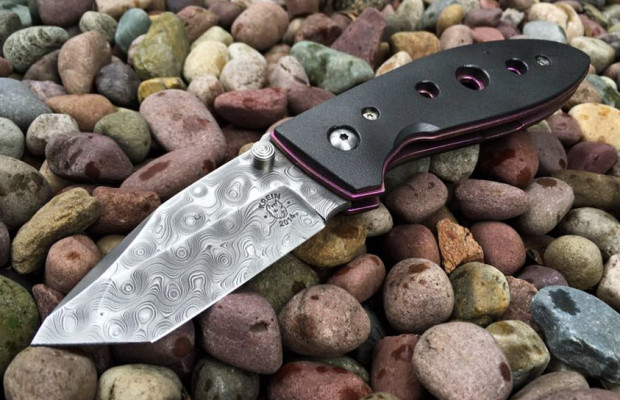
Krein Knives is continuing to develop as it moves into the new year. Founder Tom Krein tells us that he’ll be pursuing pursue new models to capitalize on his recent acquisition of new knife making equipment.
Krein has been making knives for 25 years. The late A.G. Russell put Krein in touch with legendary maker Bob Dozier, who helped Krein hone his craft. “Bob Dozier elevated my game immensely,” Krein tells us. “So I try to pay that forward when I can.” Dozier’s emphasis on work knives helped inform the direction Krein would eventually take himself in the knife world. “I think I’m well-known for my hard-working, reasonably priced fixed blades that are ground thinly.”
Fixed blades have continued to play an important part in Krein’s creative output. One of his most recent projects is the Coues Deer Hunter, an ultralight fixed blade. Utilizing a newly acquired CNC mill, Krein was able to create a honeycomb-style handle skeletonization that makes this outdoors-ready fixed blade weigh less than two ounces.
Like all of Krein’s knives, the Deer Hunter benefits from his attention to blade geometry and sharpening. Krein has been an advocate for the importance that these elements play in the cutting prowess of a knife. Eventually he started regrinding production knives for customers. Krein performed his first regrind for Cliff Stamp more than ten years ago, a Fallkniven F1. He says that smart adjustments to blade stock and geometry, which can remove up to 75% of the material on the blade, make significant improvements to edge retention and the ease with which a knife can be used. “The increase in performance is markedly different.”
The knife community often prioritizes blade steel above all other factors when it comes to knife performance. But Krein says that a knife’s facility in real life use is a more complicated alchemy than that. “The three properties of a high performance blade are steel, heat treat, and blade geometry,” he explains. “And the least important of those is actually the steel.” Krein tells us that the reduction in blade stock turns production knives into high-performance slicing machines even if it sacrifices some unnecessary durability. “To my way of thinking, a folder is not meant to pry with anyways. So a regrind for slicing makes sense with them.”
As he moves into 2019, Krein, who is also appears on the knife-centric podcast Mark of the Maker, intends to leverage his new mill to increase his product catalog. The Coues Deer Hunter was a step in that direction, showcasing the advantages that can be gained with the extra machining power. New folders and fixed blades are starting to appear on the horizon already. “The mill is going to open up a lot of possibilities for fixed blades and folders,” Krein says.
Knife featured in image: Krein Knives Alpha


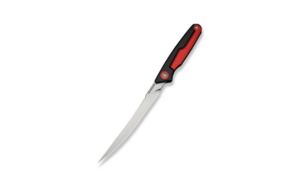
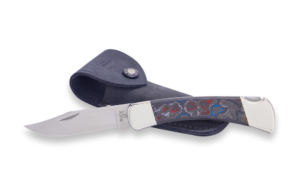
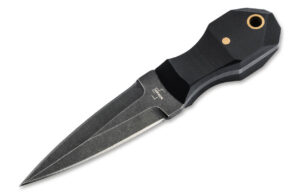
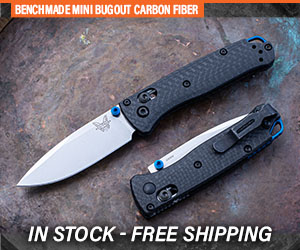





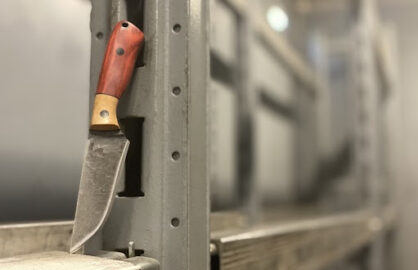
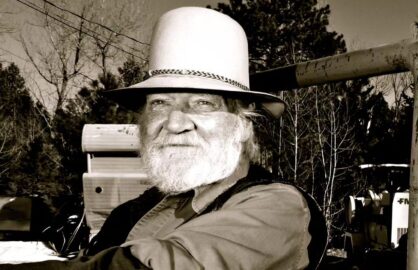
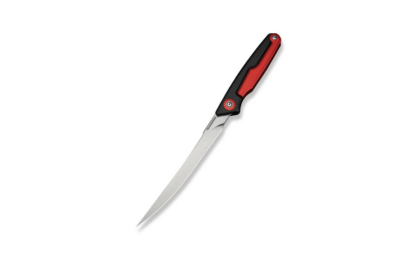

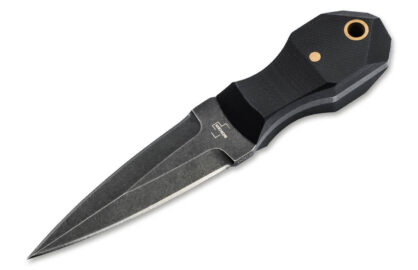




0 comments